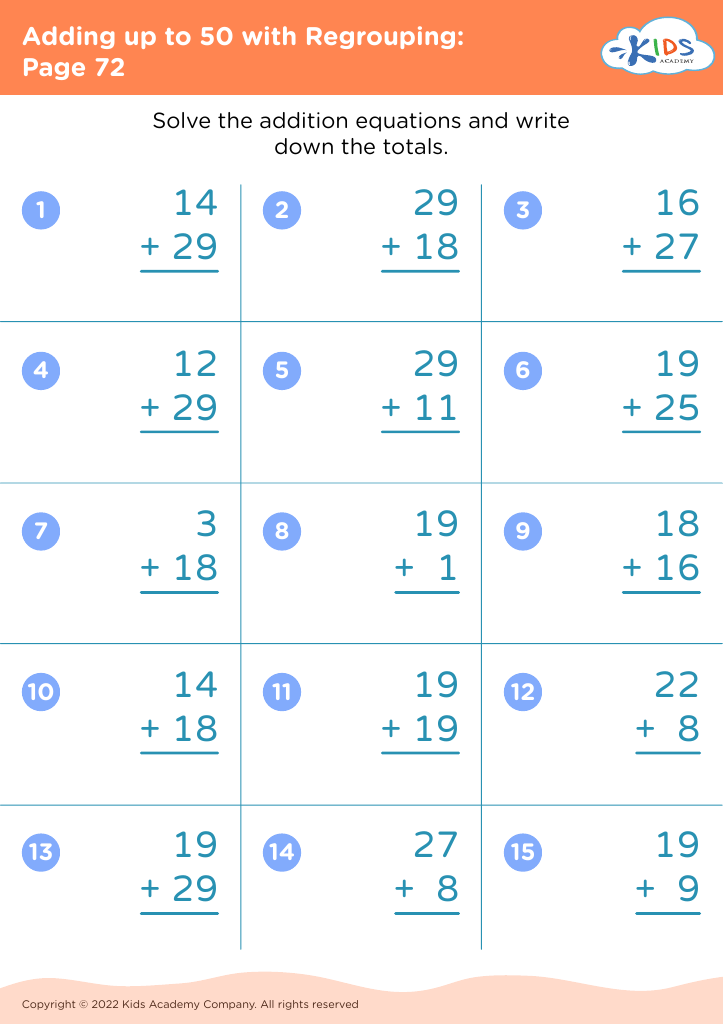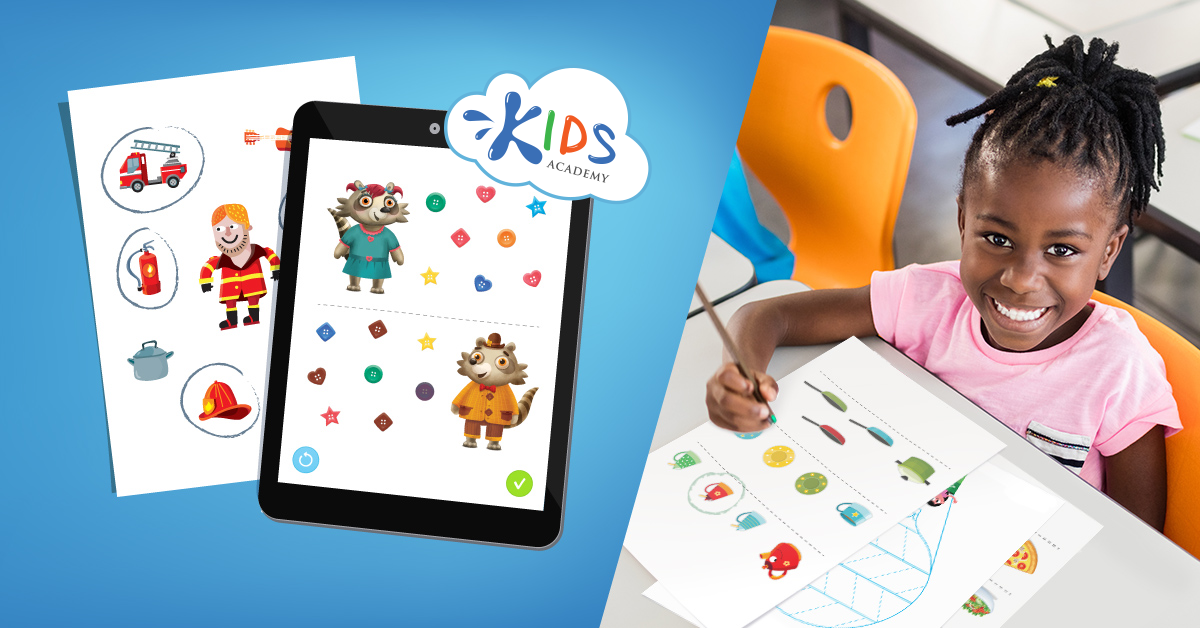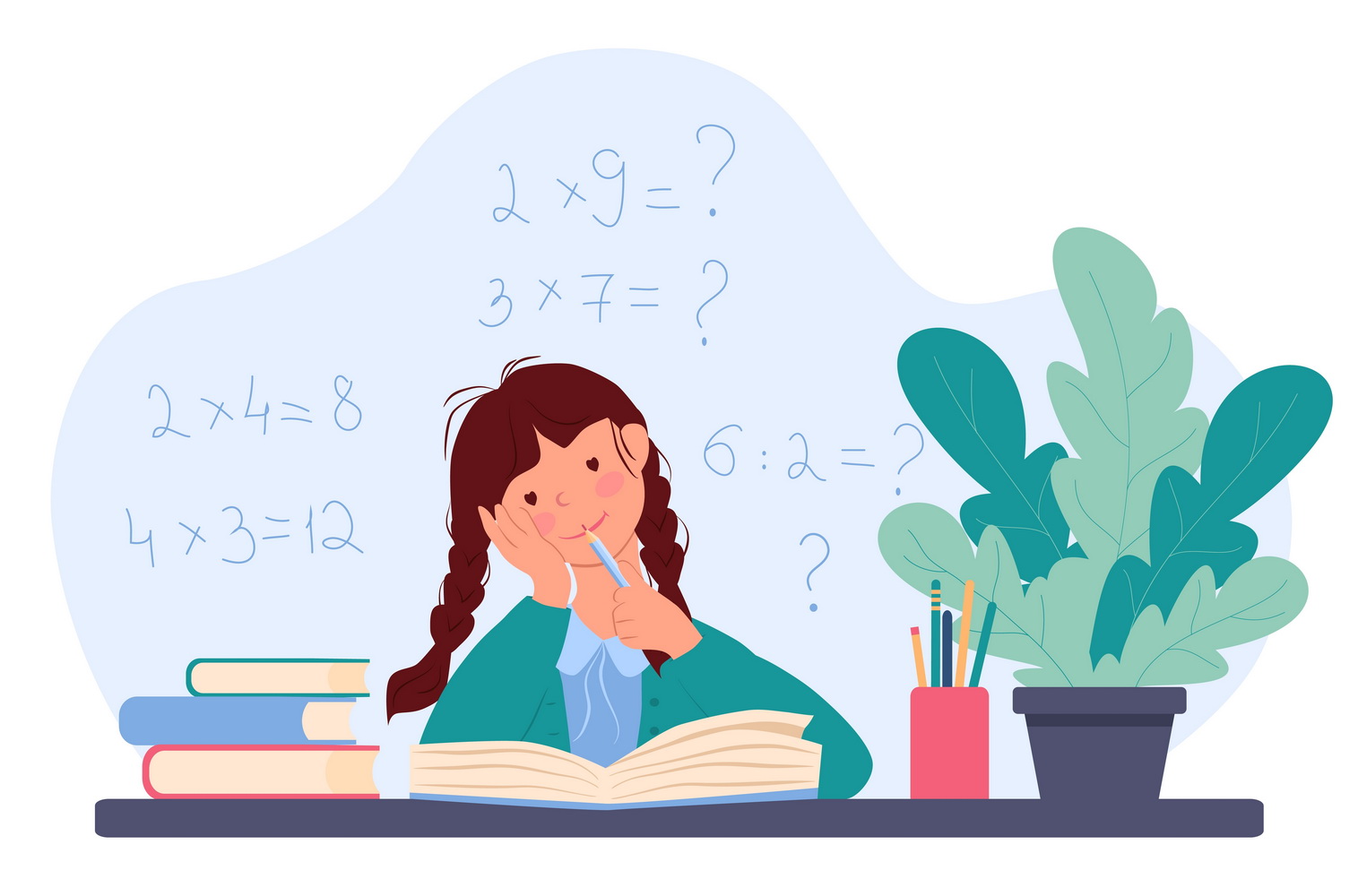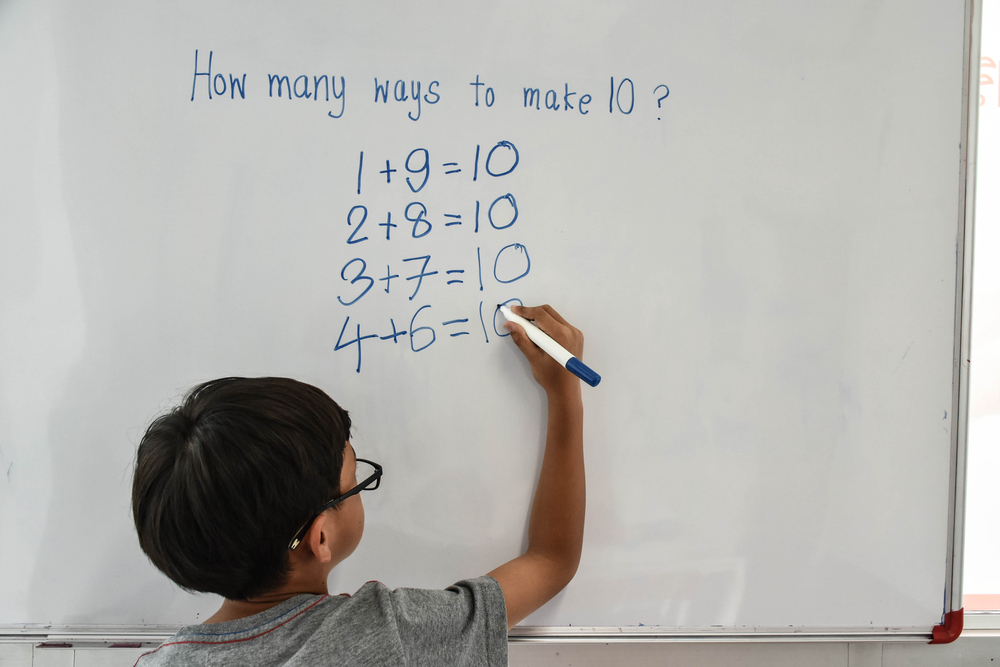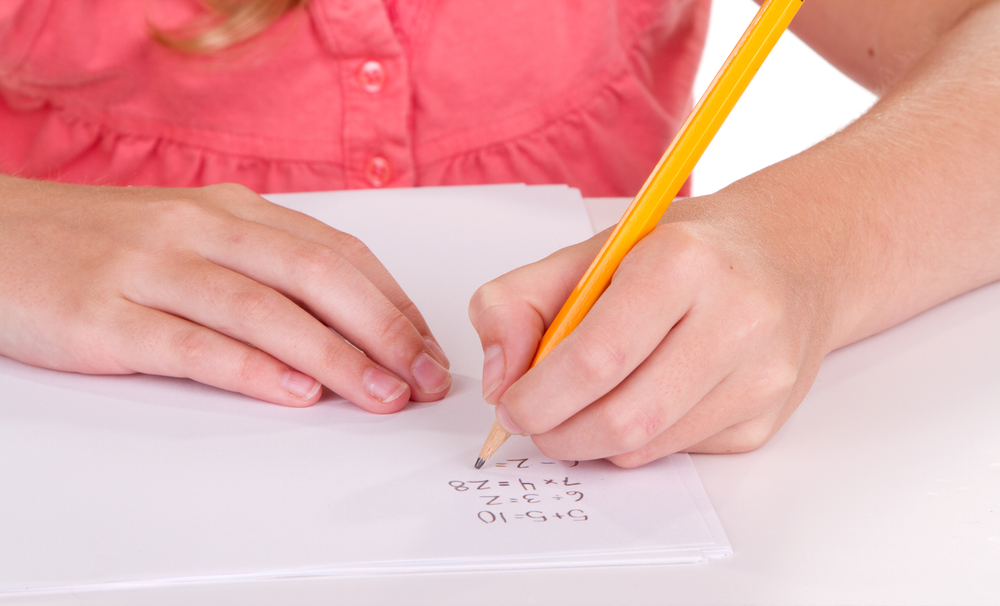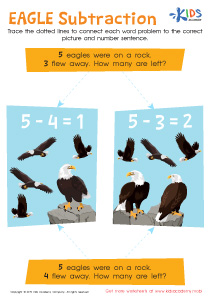Recognize shapes Addition Worksheets for Ages 4-7
9 filtered results
-
From - To
Enhance your child's math skills with our engaging "Recognize Shapes Addition Worksheets for Ages 4-7." Perfectly designed for young learners, these printable worksheets combine basic geometry with addition problems for an interactive learning experience. Children will delight in identifying various shapes while simultaneously practicing their addition skills. Each fun and colorful worksheet is tailored to foster creativity, improve shape recognition, and build a strong mathematical foundation. Ideal for both classroom and home use, these activities make learning enjoyable and effective. Spark a love for math early on by downloading our expertly crafted worksheets today!
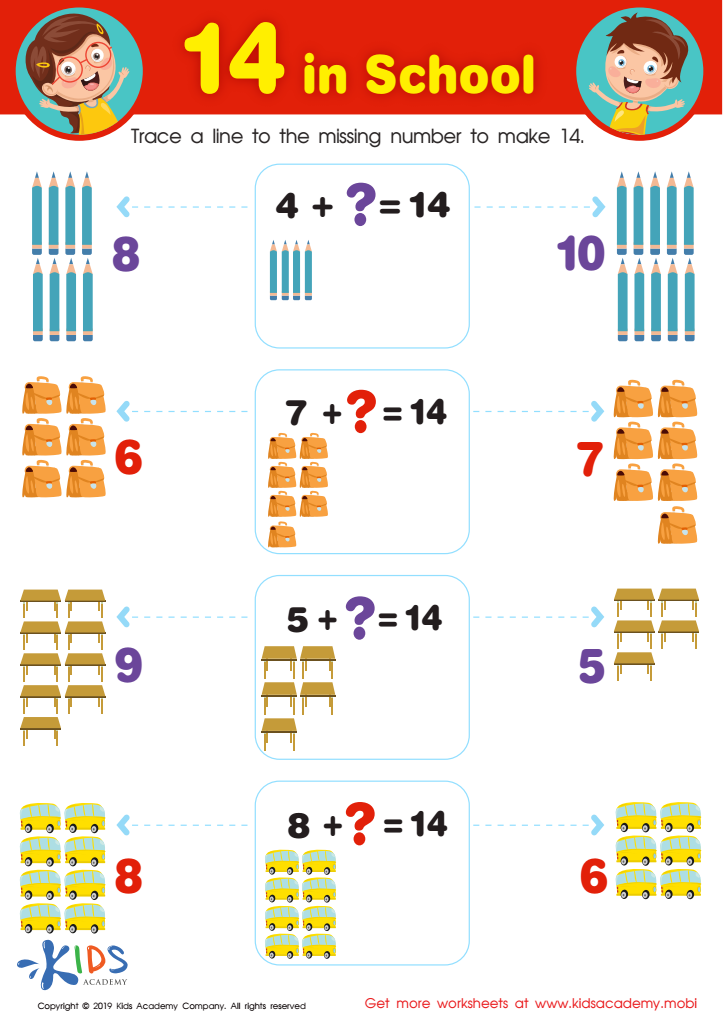

14 in School Worksheet
Parents and teachers should prioritize recognizing shapes and addition for children ages 4-7 because these foundational skills are critical for cognitive and academic development. Understanding shapes helps children distinguish different forms and patterns, laying the groundwork for advanced geometry and spatial reasoning. It also enhances their ability to categorize objects based on specific attributes, a key aspect of early math and science learning.
Introducing addition at this stage develops basic arithmetic skills, which are crucial for everyday problem-solving and future academic success. Learning to add fosters numeracy, helping children grasp the concept of combining quantities and understanding relationships between numbers. This skill is not only fundamental for further math education but also enhances logical thinking and analytical skills.
Moreover, early exposure to these concepts supports overall brain development. Engaging with shapes and numbers helps improve attention, memory, and fine motor skills as children interact with various learning materials. Encouraging a positive, playful approach to math can build confidence and reduce anxiety around the subject, fostering a lifelong love for learning. By investing in these early skills, parents and teachers set the stage for children's continued success in school and beyond.

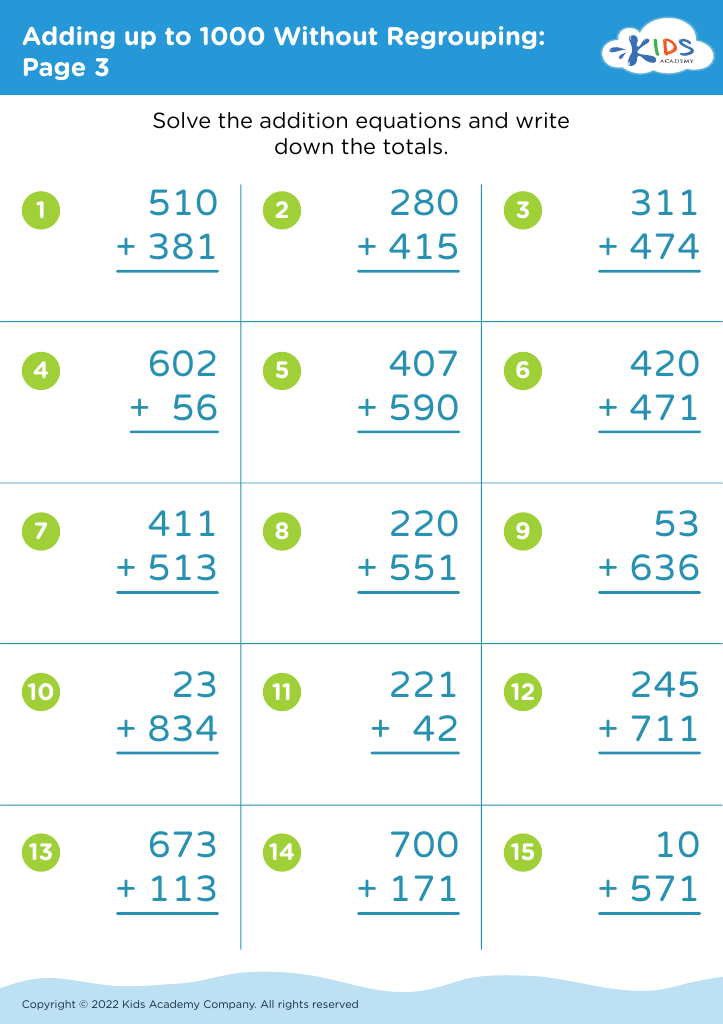
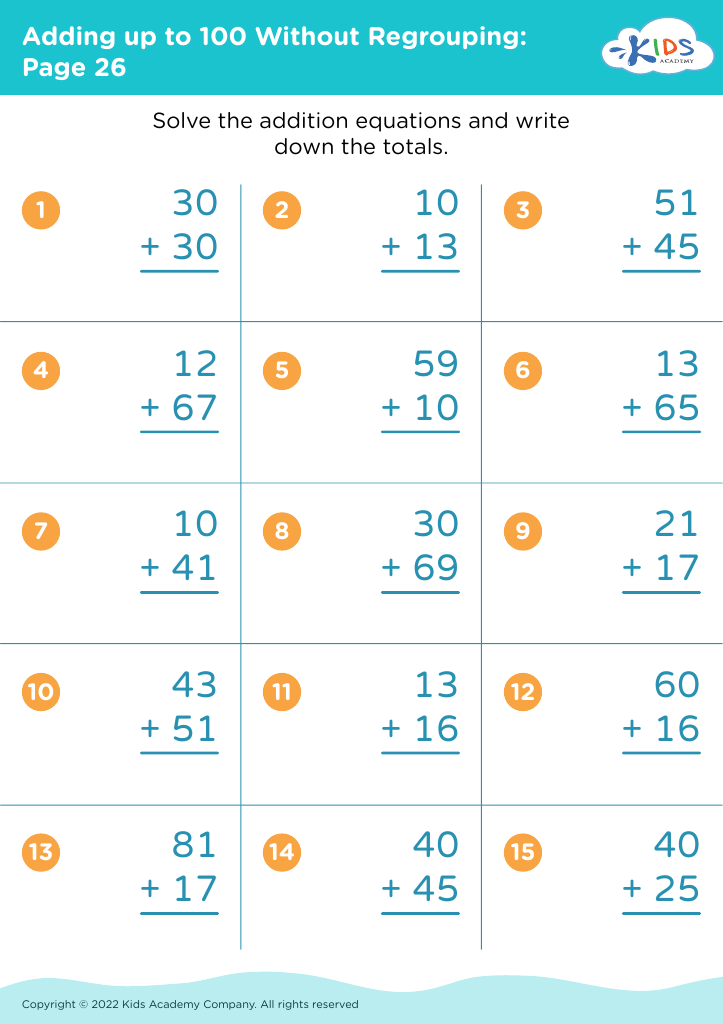
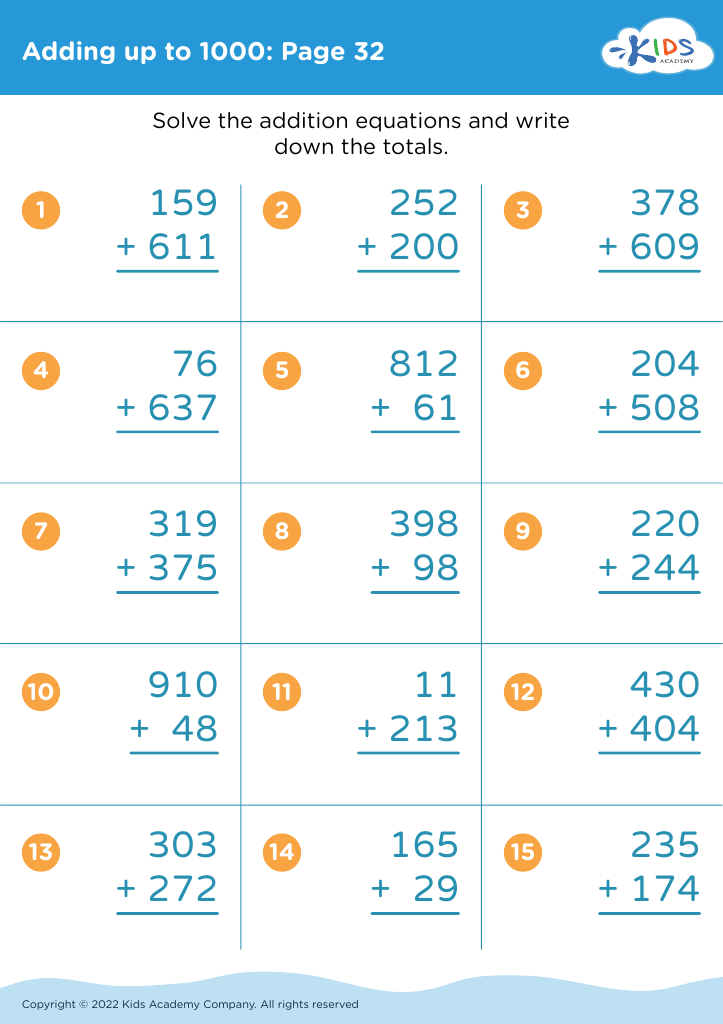
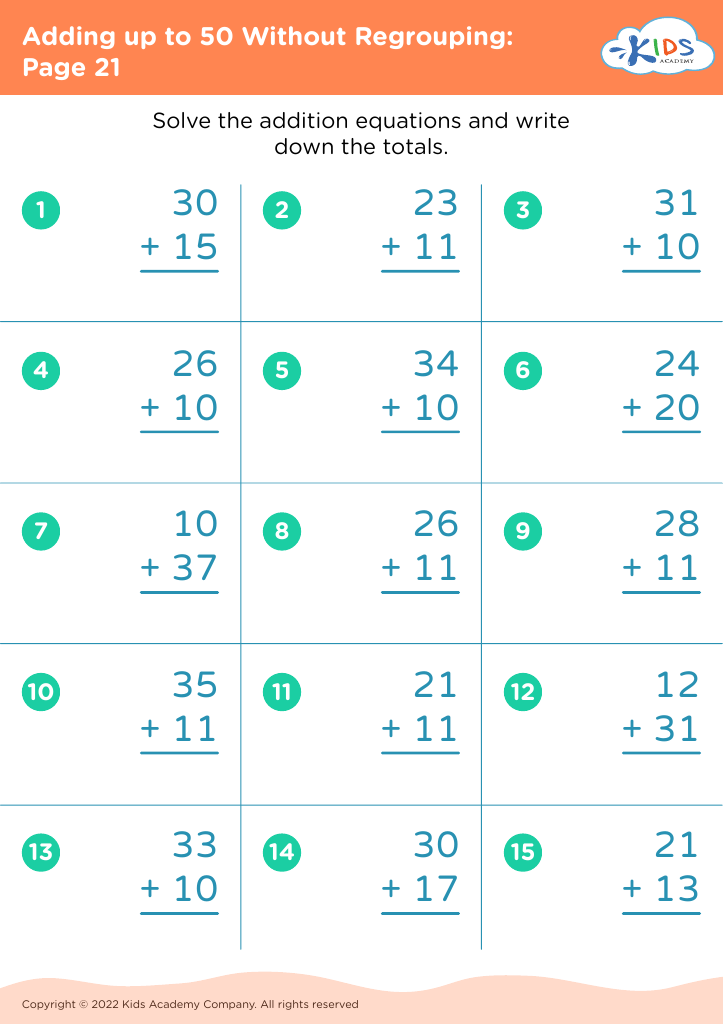
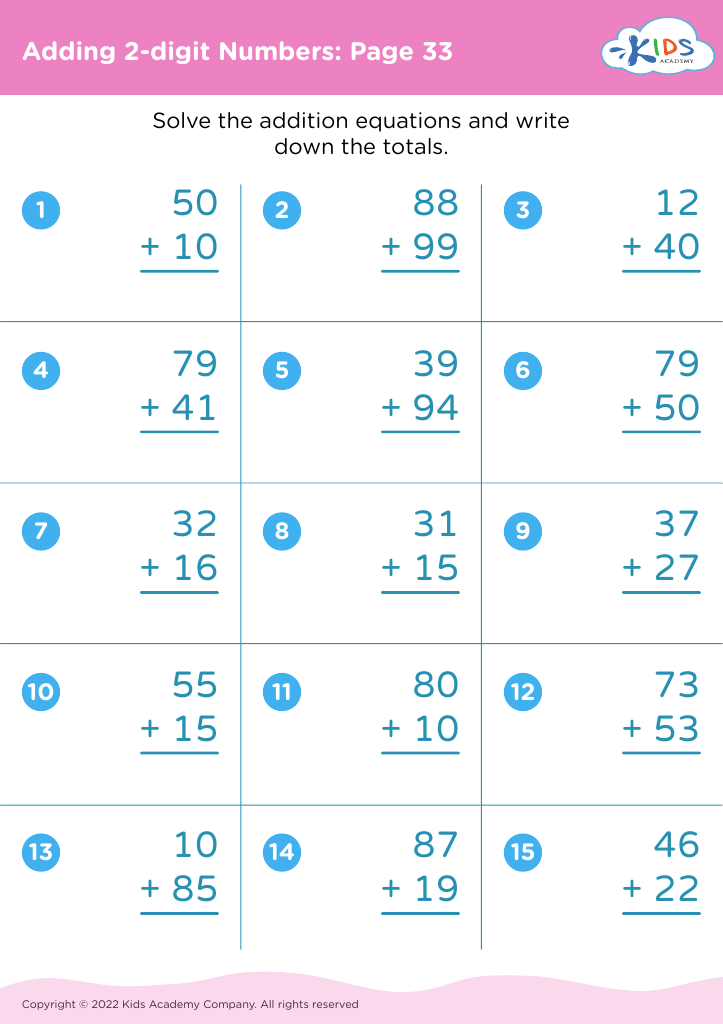
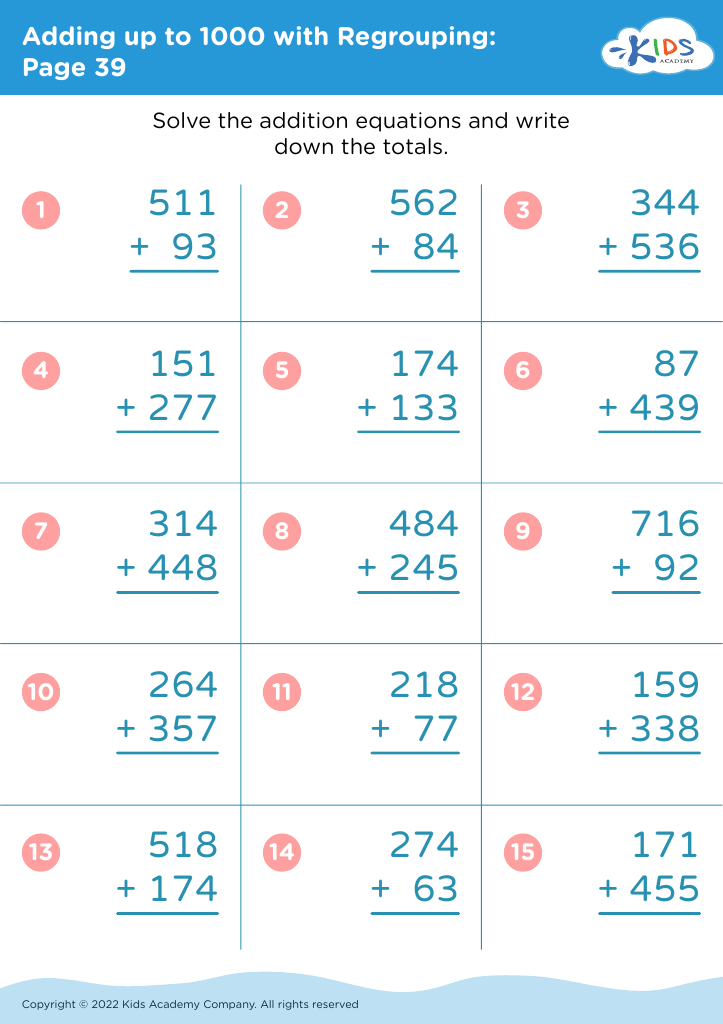
 Assign to My Students
Assign to My Students
